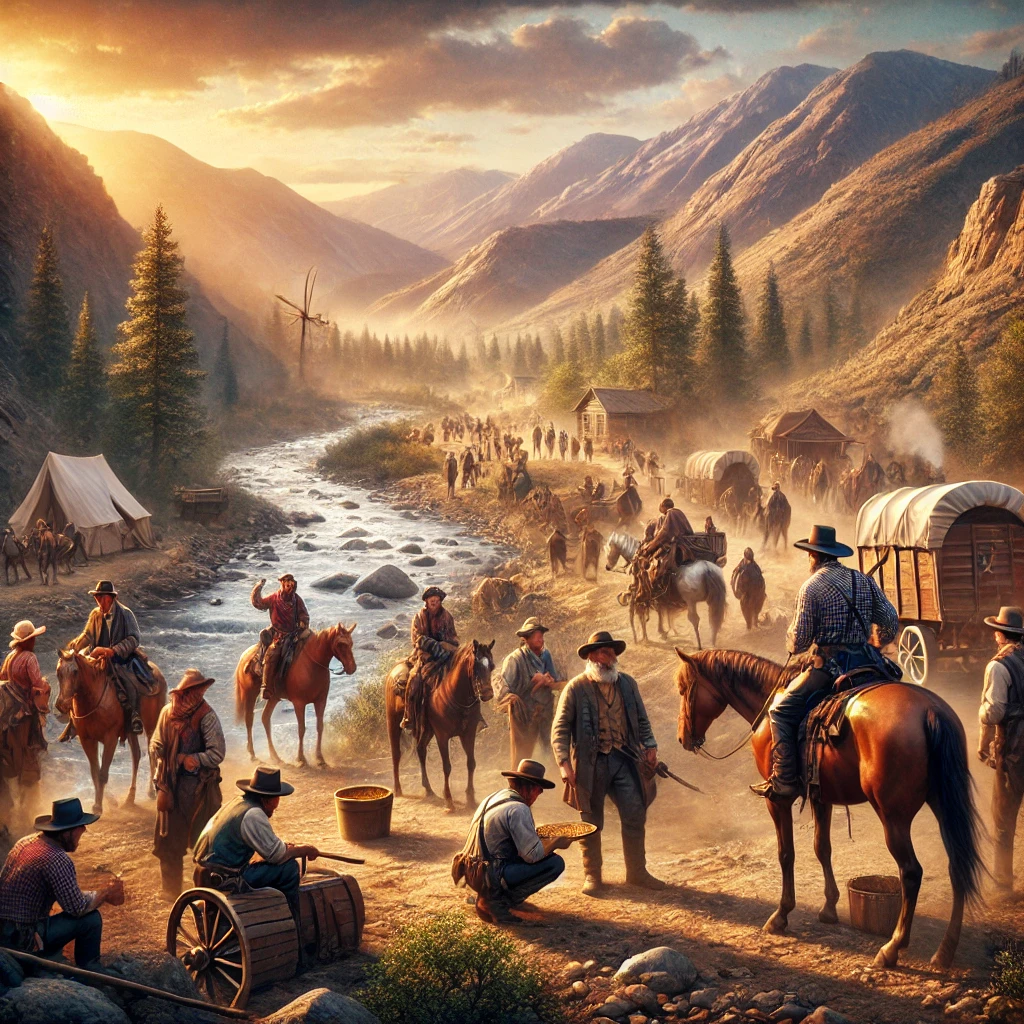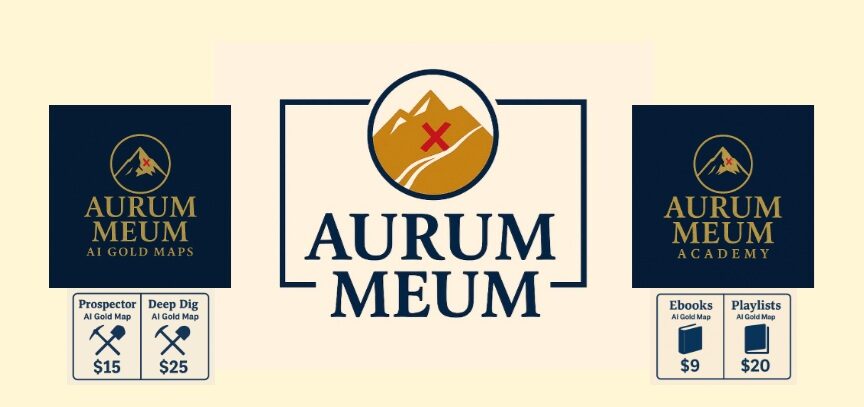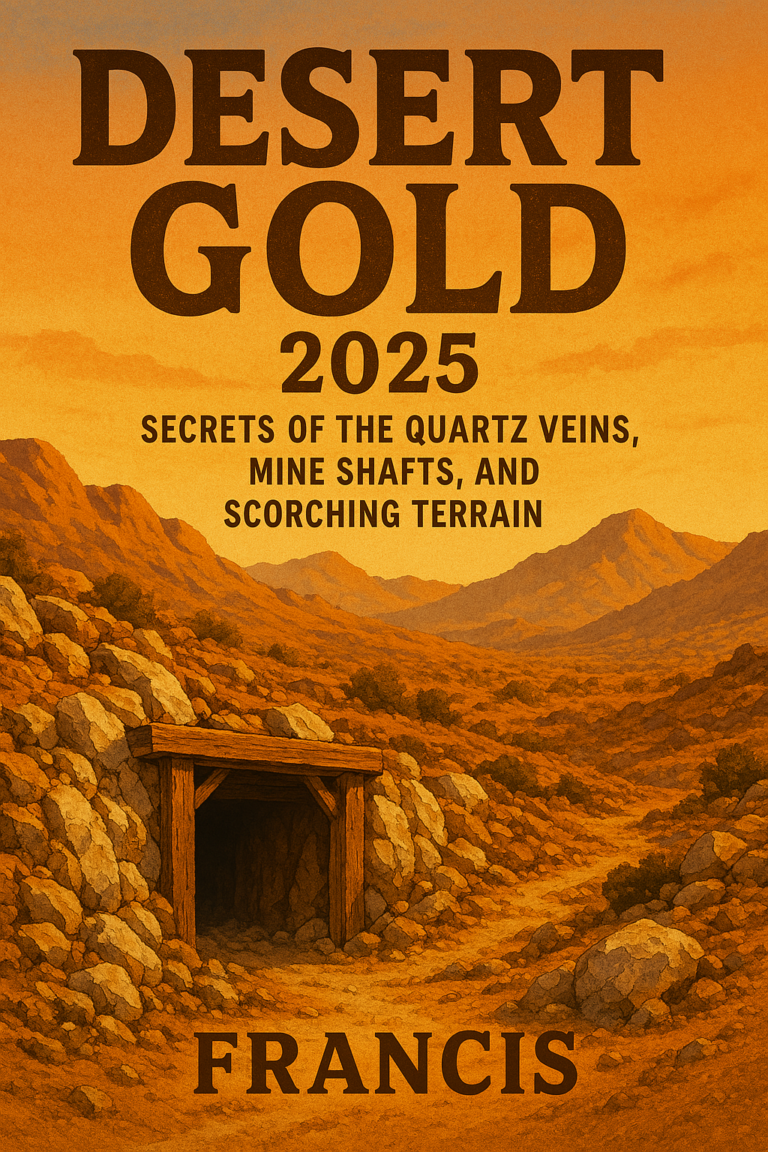

Arizona Desert Gold History: The Harquahala Mts. of Arizona
The Harquahala Mts. of Arizona hold rich geological history and offer gold potential in Arizona’s western deserts. Although not famous for massive gold systems, they contain many signs of orogenic-style deposits. Nearby mountain ranges also display similar geological traits worth exploring. Moreover, prospectors still find gold in veins and placer zones across the area.

1. The Harquahala Mts. of Arizona
Golden Opportunities in Arizona’s Deserts
Explore gold opportunities in the Harquahala Mountains today. The area blends historic mining with modern gold claim strategies. Additionally, many prospectors now revisit old districts using new detection tools and mapping systems. These methods uncover new zones where gold may still exist.
2. Little Harquahala Mountains
The Layout of the Harquahala Mountains
The Little Harquahala Mountains lie northeast of the main range. This area holds a strong history of gold production. Gold occurs in vein systems inside metamorphic rocks formed under intense tectonic pressure. Because of regional deformation, geologists classify these as orogenic deposits. Furthermore, ancient volcanic activity contributed to the area’s mineral richness.
Why Gold is Present Here
3. Geologic Setting and Tectonic Activity
The Harquahala region consists mainly of Precambrian basement rocks and younger volcanic layers. These rocks experienced strong deformation and metamorphism over millions of years. Therefore, they provide the right setting for orogenic-style gold veins. Additionally, faulting and uplift events helped shape the current mineral landscape. Quartz veins in fault zones continue to yield small gold finds today.
Shear Zones: La Paz County hosts several major shear zones. These zones guide hydrothermal fluids through fractured crust. As the fluids cool, gold precipitates along cracks and faults. Consequently, gold veins form deep within the Earth’s crust. Prospectors target these shear zones for gold exploration and claims.
4. Nearby Districts of Interest
Other La Paz County ranges also show orogenic-style geology. The Plomosa Mountains, for example, feature gold veins within faulted rock. Moreover, some deposits resemble epithermal systems in younger volcanic zones. Still, older rocks hint at deeper orogenic gold potential. Prospectors often compare these belts to those in California or Nevada.
Conclusion
La Paz County lacks California’s massive gold systems, but orogenic signs remain strong. Its Precambrian belts, faults, and quartz veins match known gold-hosting geology. As a result, both the Harquahala and Little Harquahala Mountains interest many gold seekers. Fault history and mountain-building processes helped form valuable deposits over time. With modern tools, prospectors can still uncover new opportunities across Arizona’s western ranges.
How Do You Say it? The Harquahala Mts. of Arizona
Say “Harquahala” or “Harquaharla”—both refer to the same mountains west of Phoenix. These ranges serve as crossroads for desert prospectors chasing gold.
The Little Harquahala Mountains contain rare orogenic rock formations found only in select U.S. locations. Because tectonic movement shaped these rocks, gold and other minerals often appear here. Additionally, ancient volcanic activity enriched the region’s mineral profile. This combination offers prospectors a real chance to find valuable deposits.
Contact us at operation@aurummeum.com to connect with a specialist. Get your personal gold map of the Harquahala Mountain Range today.
- Artisanal Gold Prospecting 2025
- BRICS 2025 Rio Reset Itinerary
- Overburden and Benches for Gold
- Why Gold is the Backbone of BRICS
- Top 10 Gold Producing States – 2025 Update!





